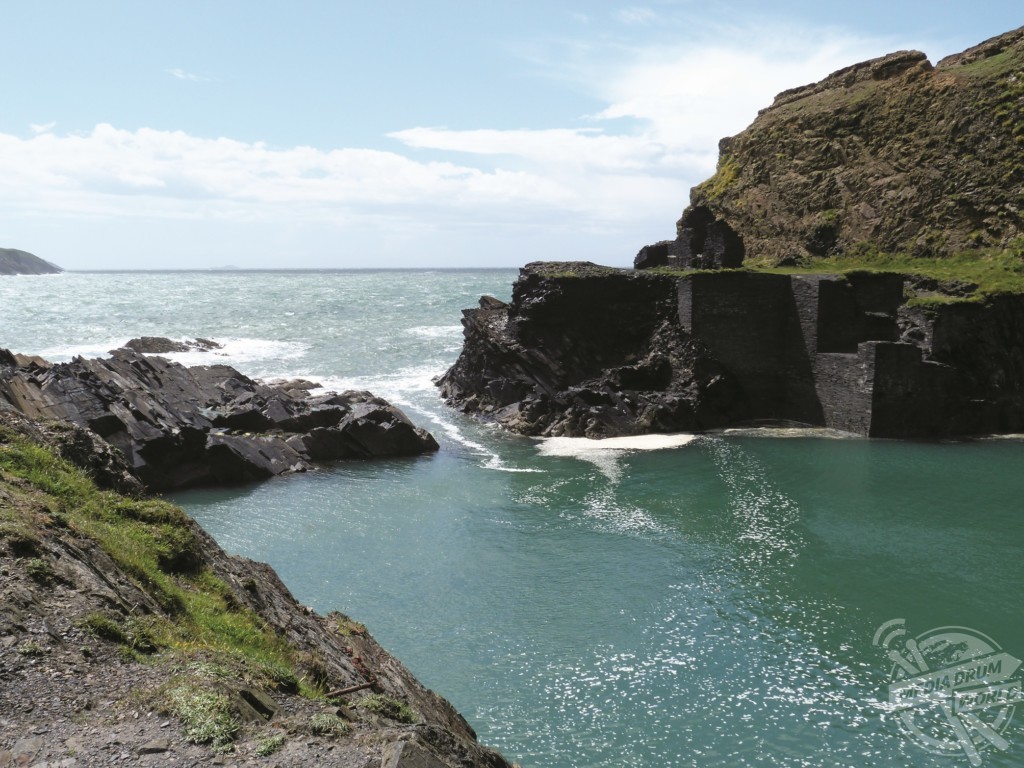By Liana Jacob
THE JAW-DROPPING landscape of Wales has been showcased in a new book that reveals some of the UK’s most serene and mystical vistas.
Magnificent photos show the breath-taking view of lily ponds, Lych Gate of St Cynwyl’s Church and the model of a trading vessel at the entrance of a churchyard.
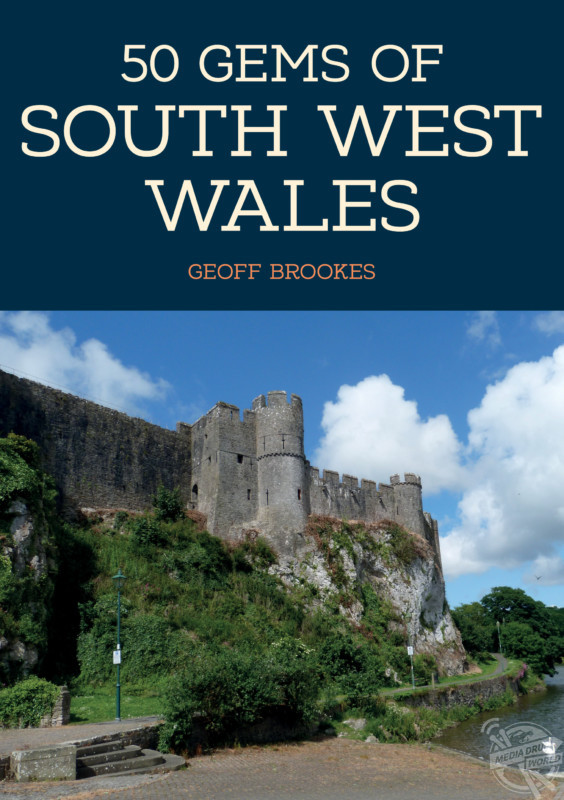
The visible remains of the late-13th century Laugharne Castle is shown in one picture, while another shot illustrates the crystal waters of a small waterfall in the Teifi at Cenarth.
Further images reveal the glistening bay of the Blue Lagoon and the two large 19th century anchors, which were found within 200 metres of each other on the beach at Cefn Sidon.
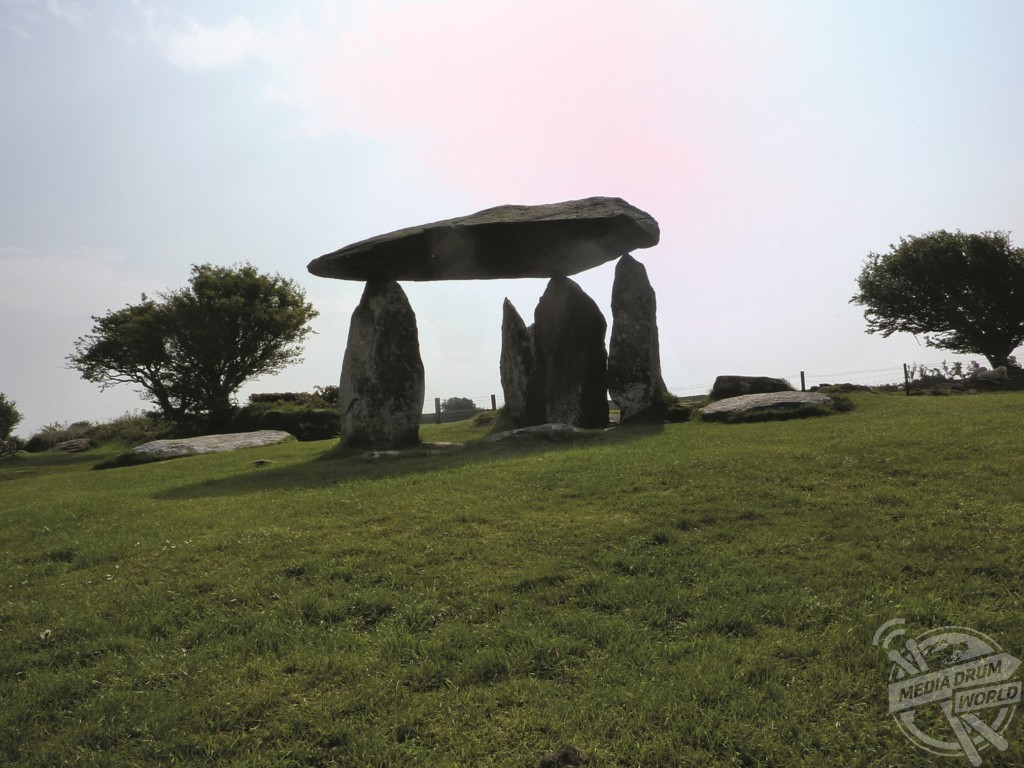
The series of pictures make up a book called 50 Gems of South West Wales by Geoff Brookes, who moved to Swansea in 1981. The book is published by Amberley Publishing.
“It is such a wonderful part of the country, full of beauty, history and mystery, and there are always discoveries to be made, always hidden pleasures to unearth,” he said.
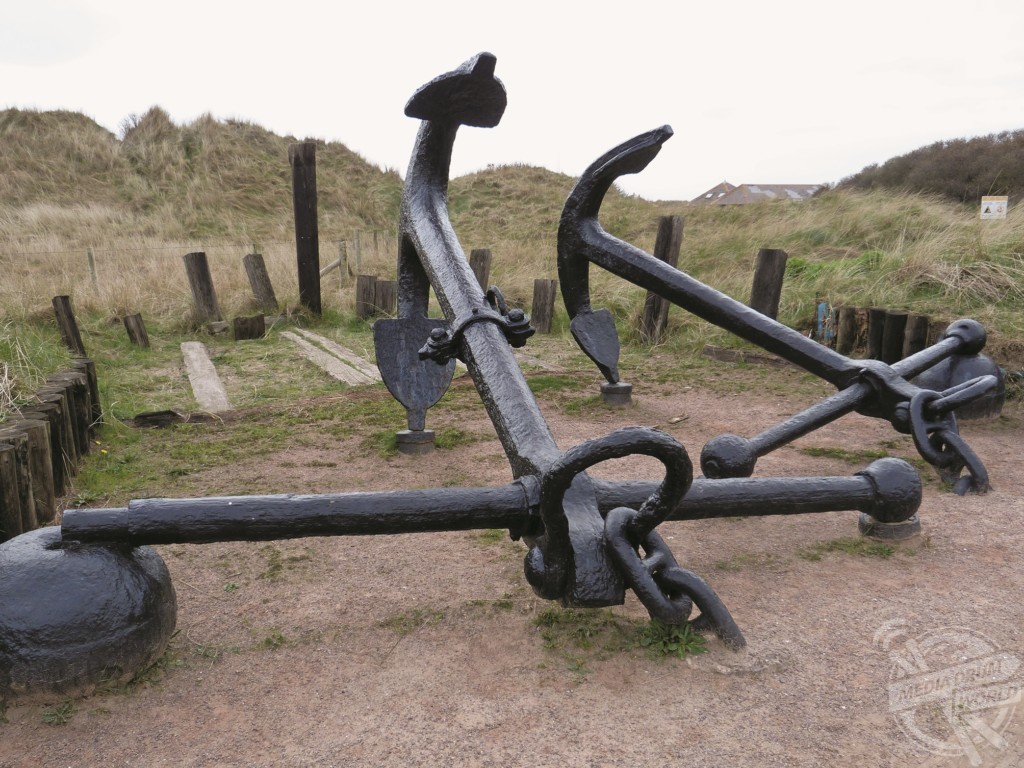
“Writing this book has given me the perfect excuse to wander around these beautiful and much-loved locations, and also some which I hope are less familiar but equally deserving of your attention. Because wherever you stop, if you pause and look around, you will find a ‘gem’.”
The region of South West Wales consists of the unitary authorities of Swansea, Neath Port Talbot, Pembrokeshire and Carmarthenshire is used by a number of government agencies.
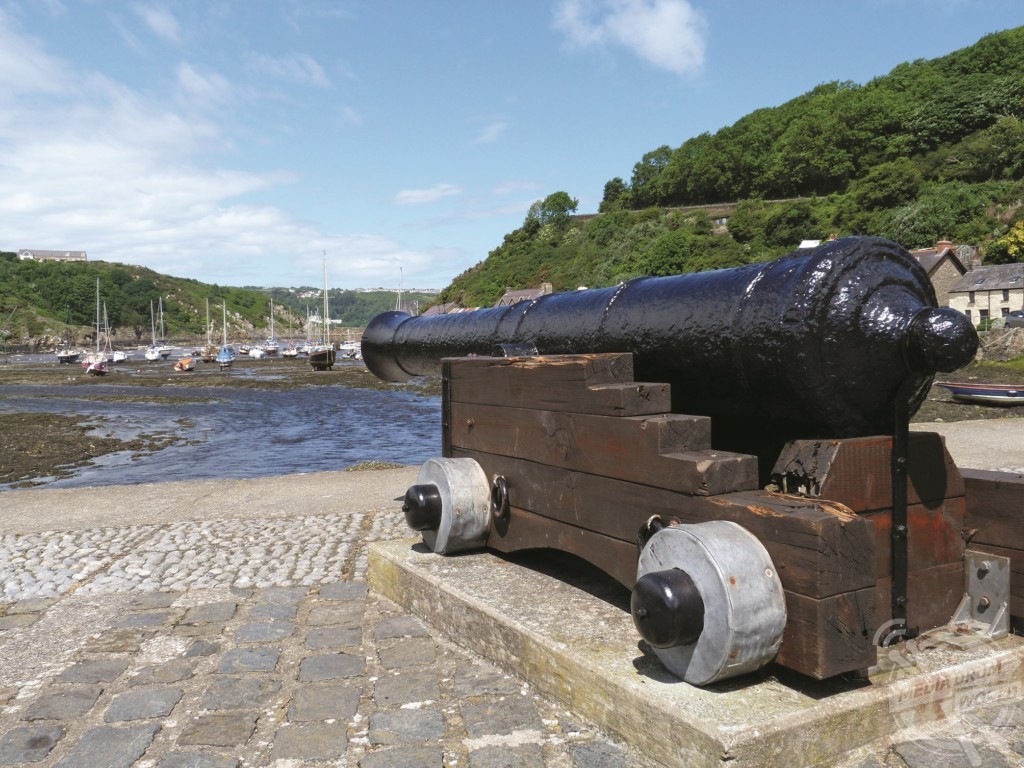
The iconic image of Wales is the coracle, which is a small round boat made up of wickerwork formed into a frame then traditionally covered with animal hide to be cured and waterproofed in the smoke from the fire while hanging in ancient roofs.
The boats were used by Julius Caesar in his campaigns in Spain, and was designed to use swiftly down streams. Today they are now regularly seen only in tourist areas of West Wales.
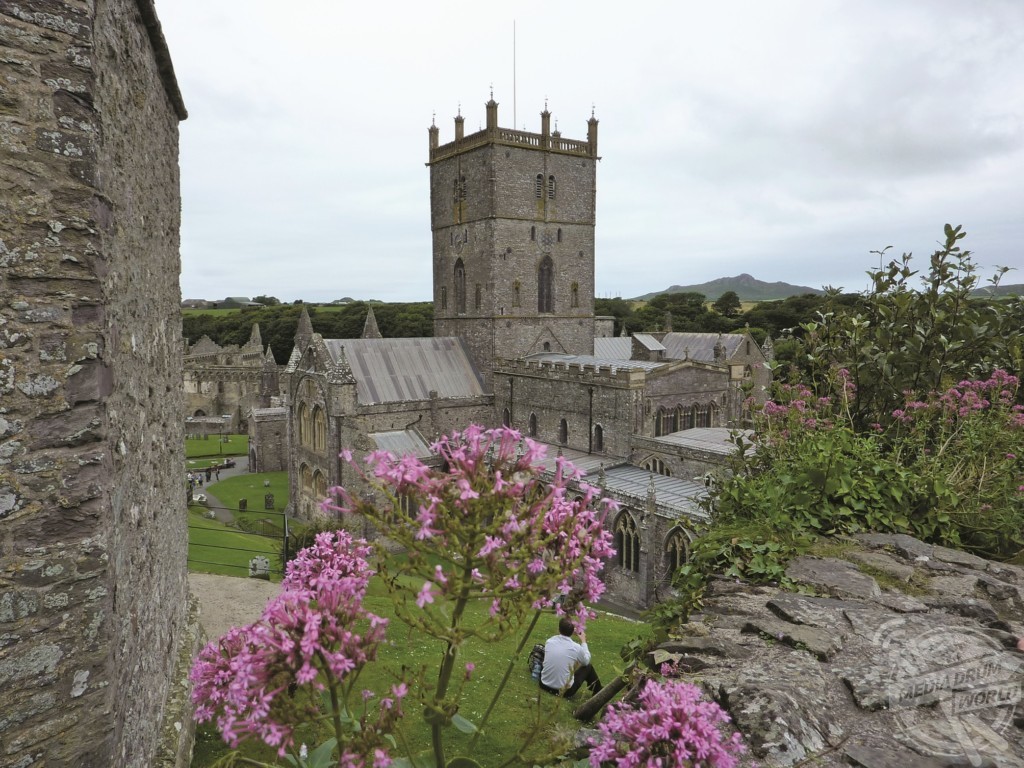
“They are an unshakable part of the Welsh identity, a reminder of simpler rural times when an individual, fishing to provide for his family, could employ his mastery of a traditional skilful craft,” Geoff said.
“These simple vessels inspire huge nostalgic devotion, appearing like images from a painting in the national consciousness, with men described as walking along ‘with their coracles over their heads, like so many gigantic tortoises moving along the road’.
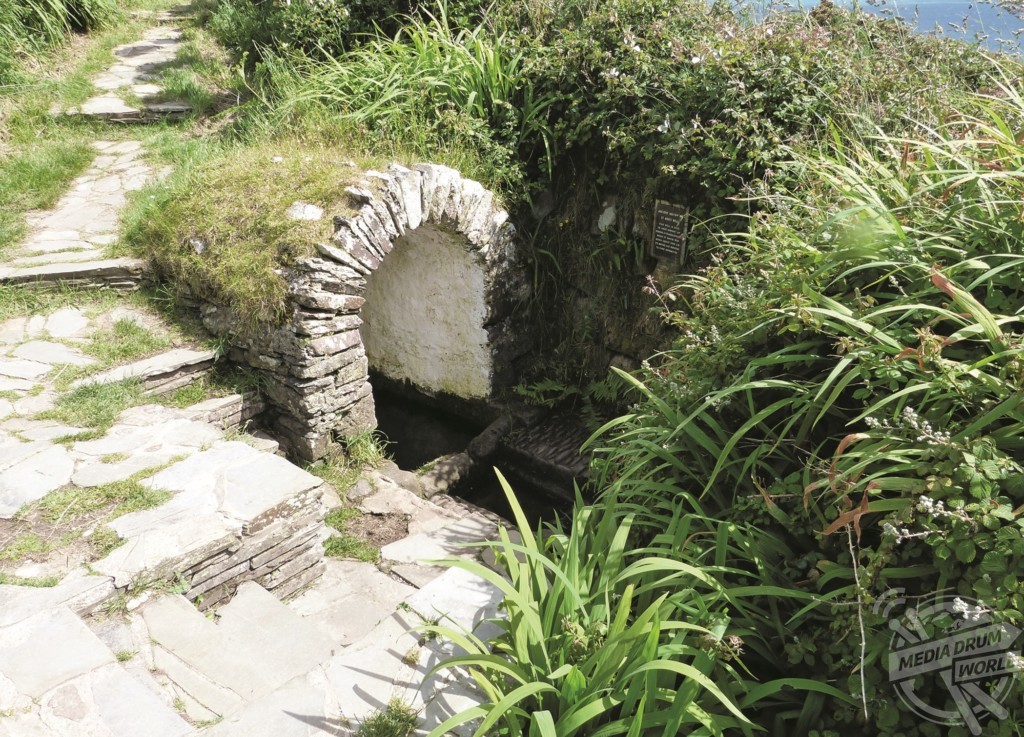
“Cenarth fishermen would often walk five or ten miles upstream before drifting back down with the current, controlling their progress with a single oar, often in pairs with a net stretched between them.

“It is an image perhaps of a rural idyll, but coracles also became a powerful symbol of racial and social tensions. After all, the Welsh used coracles, the English used fishing rods.”
50 Gems of South West Wales is published by Amberley Publishing and is available here:

